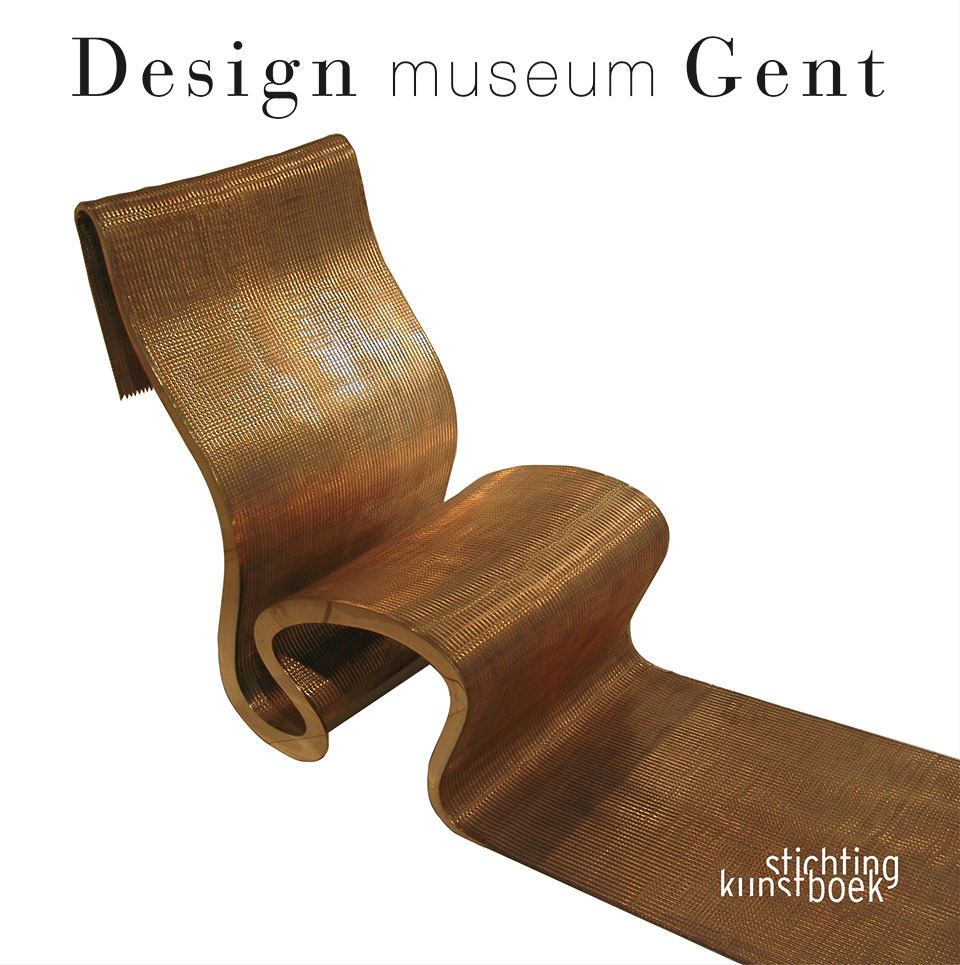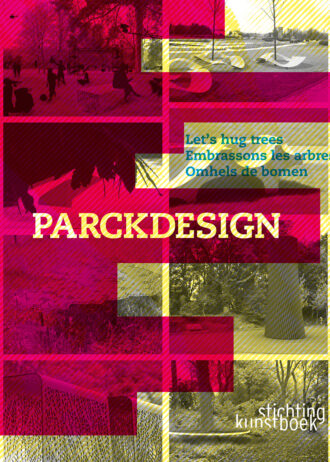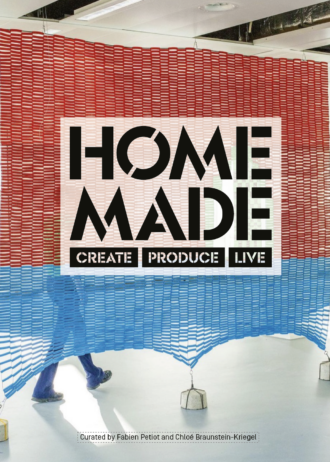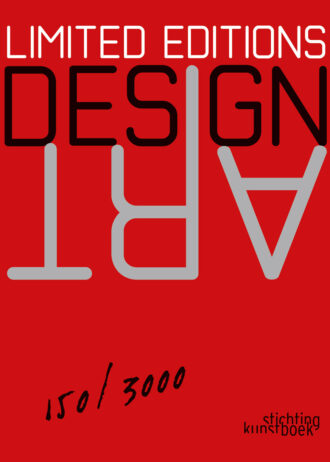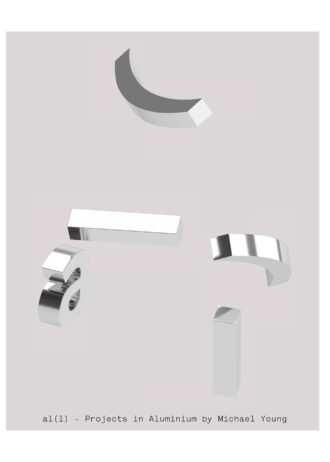Parckdesign
€29.00It is difficult to compete with the beauty of trees, with their tall grandeur and high tops. And yet, the ambition of the Parckdesign project call lies in the challenge to use urban furniture to emphasise the age-old bond between man and nature, between his artificial interventions and his relationship with plants and flora. Placed in a contemporary context, park furniture expresses the desire to experiment, to test, and to value and discover green spaces in a quest for a more specific identity.

